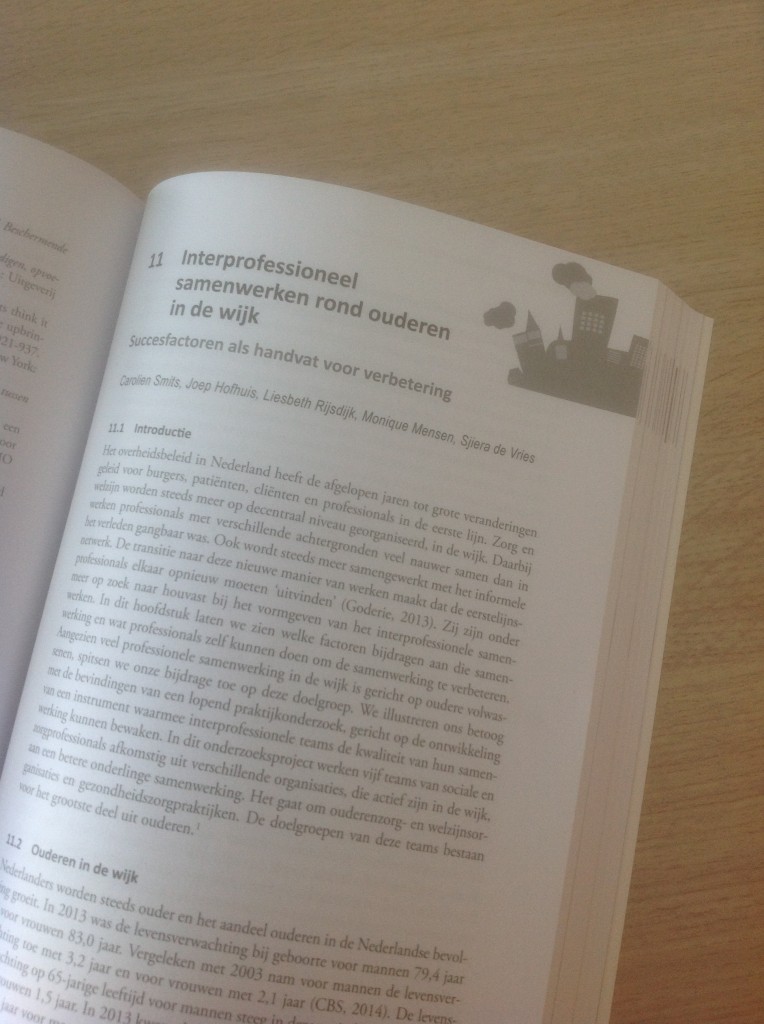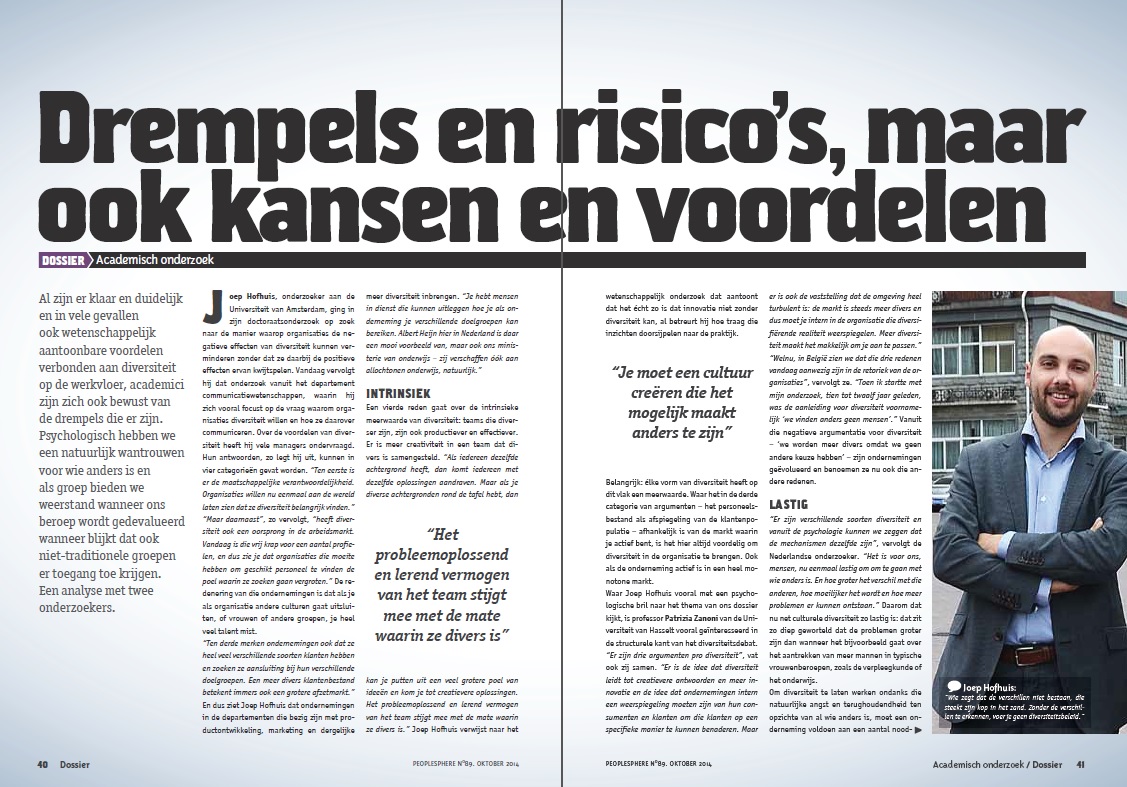

Abstract
Purpose
– Cultural minority employees often display higher rates of voluntary turnover than majority employees, which reduces organizations’ ability to benefit from diversity in the workplace. The purpose of this paper is to identify specific job domains which are responsible for this difference.
Design/methodology/approach
– Study 1 compares actual turnover motives of voluntarily resigned minority and majority employees, based on seven job domains. Study 2 compares satisfaction with the same domains, and the subsequent relationship with turnover intentions, of remaining employees within the same organization.
Findings
– The two studies provided consistent results, revealing that minority employees experience more negative social interactions in the workplace, and experience less opportunities for career advancement. Both factors are shown to be more predictive of turnover intentions as well as actual turnover decisions among minority employees.
Research limitations/implications
– This research makes use of a distinction between several broad job domains, two which are shown to predict turnover of minority employees. Future studies should focus on uncovering more specific factors involved in these two particular domains.
Practical implications
– Based on the results, the authors advise organizations to pay specific attention to reducing negative social interactions between cultural groups and fostering inclusion, for example, through interventions aimed at intercultural leadership and establishing a strong diversity climate. These activities may also support career advancement of minority employees, but more specific interventions aimed at equality in career perspectives could also help reduce minority turnover.
Originality/value
– This paper is the first to directly compare turnover motives and predictors of turnover intentions between majority and minority groups in the same organization.
Reference
 Hofhuis, J., Van der Zee, K.I., & Otten, S. (2014). Comparing antecedents of voluntary job turnover among majority and minority employees. Equality, Diversity and Inclusion, 33 (8), 735-749. doi: 10.1108/EDI-09-2013-0071
Hofhuis, J., Van der Zee, K.I., & Otten, S. (2014). Comparing antecedents of voluntary job turnover among majority and minority employees. Equality, Diversity and Inclusion, 33 (8), 735-749. doi: 10.1108/EDI-09-2013-0071









